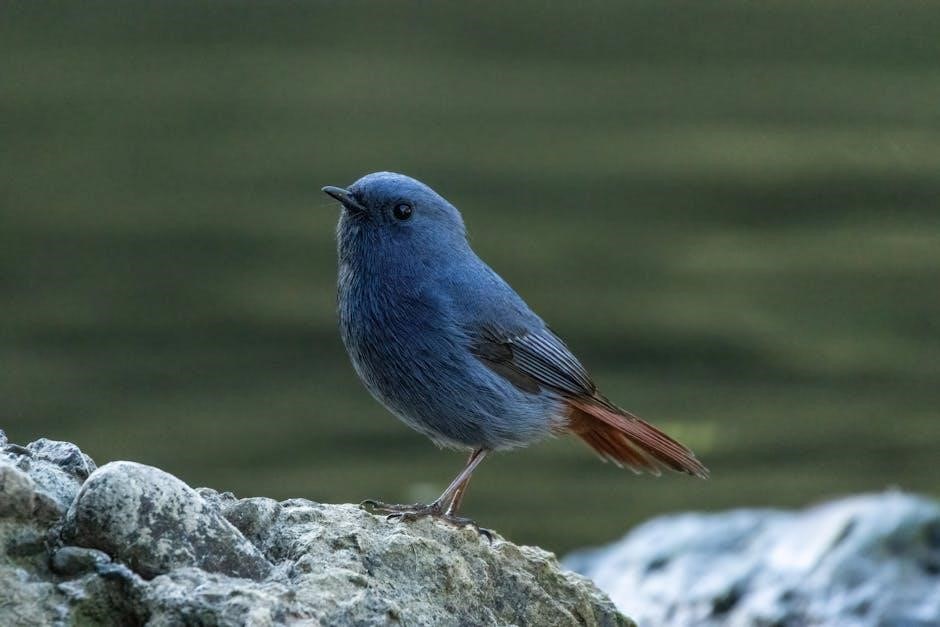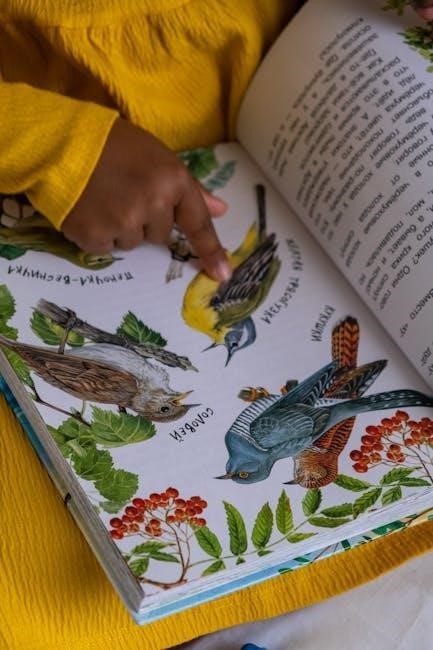Understanding troubled birds requires knowledge of natural behaviors and common issues, using
- ordered lists
to identify problems and find solutions to help them thrive in their environment naturally every day.
Understanding Natural Behaviors
Recognizing natural behaviors in birds is crucial to identifying troubled birds, using
- unordered lists
to categorize behaviors such as chewing, which is a normal psittacine occupation, and understanding that birds have unique personalities and needs.

By studying the natural behaviors of birds, owners can better understand their pets and provide a suitable environment, including
- ordered lists
of toys and activities to keep them stimulated and engaged, and prevent behavioral problems from arising, and this can be achieved by observing their behavior and body language, and learning to recognize signs of stress or anxiety, and taking steps to address these issues, and provide a happy and healthy life for their birds, and this requires patience, dedication, and a willingness to learn and understand their birds’ needs, and behaviors, and personalities.
Common Behaviors in Pet Birds
Common behaviors in pet birds include vocalizing, playing, and interacting with their environment, using
- unordered lists
to identify and understand these behaviors, and recognizing that each bird has its own unique personality and quirks.
Some pet birds may exhibit behaviors such as feather picking or plucking, which can be a sign of stress or anxiety, and owners can use
- ordered lists
to track and address these behaviors, and provide a variety of toys and activities to keep their birds stimulated and engaged, and prevent behavioral problems from arising, and by understanding and recognizing common behaviors in pet birds, owners can provide a happy and healthy life for their pets, and create a strong and loving bond with their birds, and this requires observation, patience, and a willingness to learn and understand their birds’ needs and behaviors, and provide a suitable environment.

Causes of Behavioral Problems
Using
- lists
to identify causes of behavioral problems in birds helps owners understand and address issues effectively every day naturally.
Intelligence and Boredom
Intelligence and boredom are major factors in behavioral problems, with birds becoming bored easily due to their high intelligence, leading to issues like feather picking and skin mutilation, as seen in avian veterinary medicine.
Using
- lists
to identify causes of boredom helps owners provide adequate stimulation and prevent problems, including providing a variety of toys and activities to keep birds engaged and active.
This can be achieved through
- ordered lists
of enrichment activities, such as foraging and puzzle-solving, which cater to their natural behaviors and provide mental stimulation, reducing the likelihood of behavioral disorders.
By recognizing the importance of intelligence and boredom, owners can take proactive steps to address these issues and provide a more fulfilling environment for their birds, ultimately improving their overall well-being and happiness, and reducing the risk of behavioral problems.
Proper care and attention can help mitigate these issues, ensuring a healthy and happy bird, and a strong bond between owner and pet, which is essential for a harmonious and enjoyable relationship.
Introducing new birds to a household can be challenging, with potential outcomes including indifference or dislike between birds, doubling the trouble for owners, as seen in many cases of multiple bird ownership.
Using
to assess compatibility and personality traits can help owners make informed decisions when introducing new birds, reducing the risk of conflict and stress.
A well-planned introduction process, including gradual exposure and monitoring of behavior, is crucial to ensuring a harmonious environment, and owners should be prepared to provide separate spaces and attention to each bird if necessary.
By understanding the potential risks and taking steps to mitigate them, owners can create a peaceful and stable environment for all birds, and prevent the introduction of new birds from becoming a source of trouble, allowing them to thrive and enjoy each other’s company, with proper care and attention.

Recognizing Behavioral Problems
Identify issues using
- lists
and observe bird behavior closely every day naturally.
Identifying Relaxed Birds
To identify relaxed birds, observe their behavior and body language, using
- lists
to note characteristics such as fluffed feathers, preening, and stretching, which indicate a calm state.
Relaxed birds will often vocalize quietly, play gently with toys, and tuck one foot up close to their body, showing contentment and trust in their environment.
Additionally, a relaxed bird may rouse, flick its wings, or shake its tail, and may even scratch its own head, all of which are signs of a bird at ease, and by recognizing these signs, owners can better understand their bird’s emotional state and provide appropriate care and attention to maintain their well-being and happiness, creating a positive and supportive environment for their pet.
Identifying Troubled Birds
Identifying troubled birds requires attention to changes in behavior and physical condition, using
- lists
to track signs of distress, such as feather plucking or skin mutilation.
Troubled birds may exhibit abnormal behaviors, like excessive screaming or aggression, and may show physical symptoms, including dirty or matted feathers, and changes in appetite or droppings.
By recognizing these signs, owners can take steps to address the underlying issues, whether they be related to the bird’s environment, social interactions, or health, and provide targeted support to help their pet recover and thrive, and it is essential to monitor their bird’s behavior and adjust their care accordingly to prevent further problems and ensure the bird’s overall well-being and happiness, which can be achieved by working with a veterinarian or experienced bird behaviorist.
This approach helps to identify and address problems early on, improving the bird’s quality of life.

Correcting Behavioral Problems
Using techniques and strategies, owners can correct behavioral issues in birds, improving their well-being and relationship with their pet every day naturally.
Addressing Biting Behavior
Biting is a common behavioral issue in pet birds, and it can be challenging to address. To correct biting behavior, owners need to identify the underlying cause, which can be fear, anxiety, or frustration. Using positive reinforcement techniques, such as rewarding good behavior, can help to reduce biting. It is also essential to provide a stimulating environment, with plenty of toys and activities, to keep the bird engaged and occupied. A
- list of strategies
can be developed to address biting behavior, including avoiding physical punishment, providing a balanced diet, and ensuring the bird gets enough exercise and social interaction. By understanding the reasons behind biting behavior and using the right techniques, owners can help their birds to overcome this issue and develop a more positive and affectionate relationship with their pet. Regular interaction and training can also help to prevent biting behavior.
Providing Enrichment
Providing enrichment is crucial for the well-being of pet birds, and it can be achieved through various methods, including
- rotating toys
and introducing new activities. A stimulating environment can help to reduce stress and prevent behavioral problems, such as feather plucking and screaming. Owners can create a
- list of enrichment activities
, including foraging games, puzzle toys, and social interaction. Using creative ideas, such as hiding treats or creating a bird-friendly garden, can also provide mental and physical stimulation for the bird. Enrichment activities can be tailored to the individual bird’s needs and preferences, and they can be changed regularly to keep the bird engaged and interested. By providing a stimulating environment, owners can help their birds to thrive and live a happy and healthy life, with plenty of opportunities for play and exploration, using different types of toys and activities.
Understanding troubled birds is essential, using proper methods to address issues and improve their lives effectively every day.
Importance of Understanding Bird Behavior
Understanding bird behavior is crucial for providing proper care and addressing issues, using various methods to improve their lives. By recognizing natural behaviors, owners can identify potential problems and take steps to prevent them. This knowledge can help owners create a suitable environment, providing
- essential items
such as food, water, and toys. A deep understanding of bird behavior can also help owners develop a stronger bond with their pets, built on trust and mutual respect. Furthermore, understanding bird behavior can help owners address common issues, such as feather picking and screaming, by identifying the underlying causes and taking appropriate action. By prioritizing bird behavior and welfare, owners can help their pets thrive and live happy, healthy lives, filled with
- interesting activities
and positive interactions. This, in turn, can lead to a more rewarding and enjoyable experience for both the owner and the bird.
